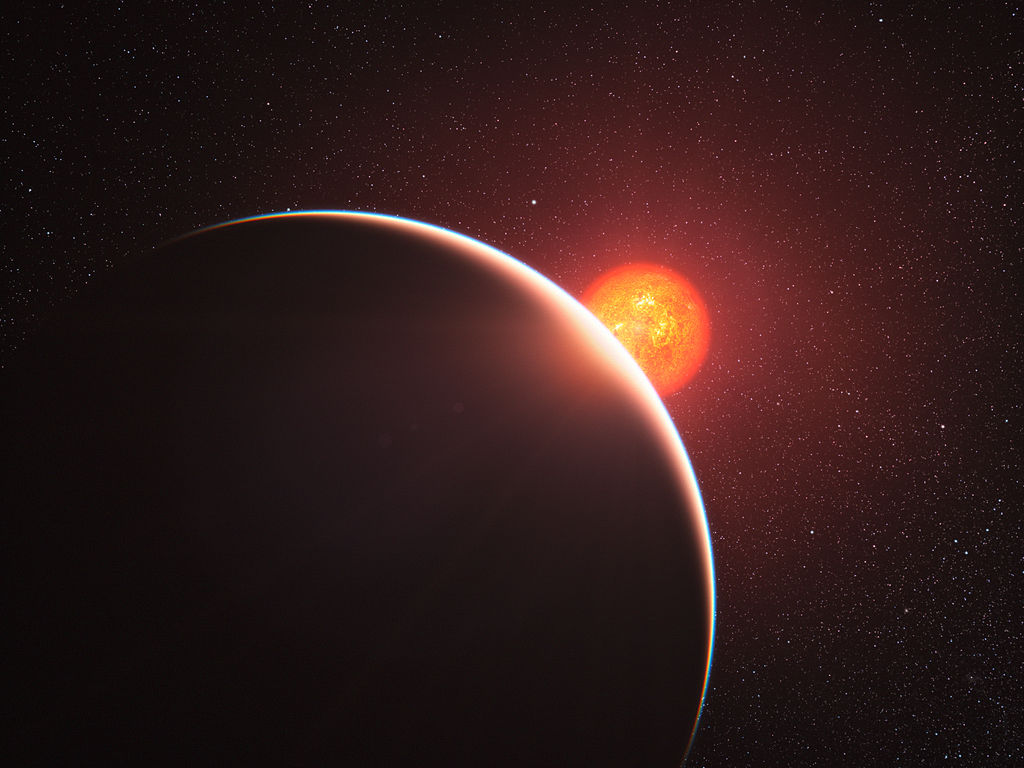Scientists working with the James Webb Space Telescope have studied the atmosphere of the exoplanet GJ 1214b for the first time. It is a sub-Neptune that orbits very close to its star. In its atmosphere, scientists found traces of methane and water vapor.

James Webb explored the sub-Neptune
Scientists working with the James Webb Space Telescope could properly examine the atmosphere of the exoplanet GJ 1214b for the first time. It is located at a distance of only 40 light years from us, but until now it has been prevented from understanding what it looks like by the thick layer of fog covering it.
GJ 1214b belongs to the sub-Neptunes — worlds that are smaller than gas giants, but larger than Earth. Many exoplanets that are classified as super-Earths can also be called sub-Neptunes. They are the most discovered in the Universe, but so far it has not been possible to study the chemical composition of their atmospheres.
But James Webb, operating at longer wavelengths of the infrared spectrum than all the telescopes that have been used for this before, is ideally suited to overcome all obstacles. In addition, it is equipped with one of the most advanced spectrographs created by humans, so it can learn a lot about chemical composition.
Atmosphere GJ 1214b
The planet GJ 1214b is very close to its star. Therefore, the temperature on it does not allow life to exist. However, there are a lot of water vapors in its atmosphere. And in general, it turns out that it mainly consists of atoms heavier than hydrogen.
At least, this is how the scientists comment on the results of spectroscopic studies. However, they point out that of all the substances they can confidently identify only methane. As for water vapor, its absorption spectrum is very similar to the previous substance.
The researchers even observed GJ 1214b for 40 hours while it orbited the star to understand how the absorption spectrum changed with the time of day. They are sure that there is water vapor there.
The question of the water vapor that this sub-Neptune contains is very important for scientists. After all, they suspect that GJ 1214b may be completely covered by oceans. Moreover, such a situation may be common for all sub-Neptunes.
In their study, the researchers made another amazing discovery: GJ 1214b incredibly reflects light. And this means that it may not be as hot as it seemed. Scientists cannot yet say what clouds are, which reflect rays so actively.
According to phys.org
Follow us on Twitter to get the most interesting space news in time
https://twitter.com/ust_magazine

